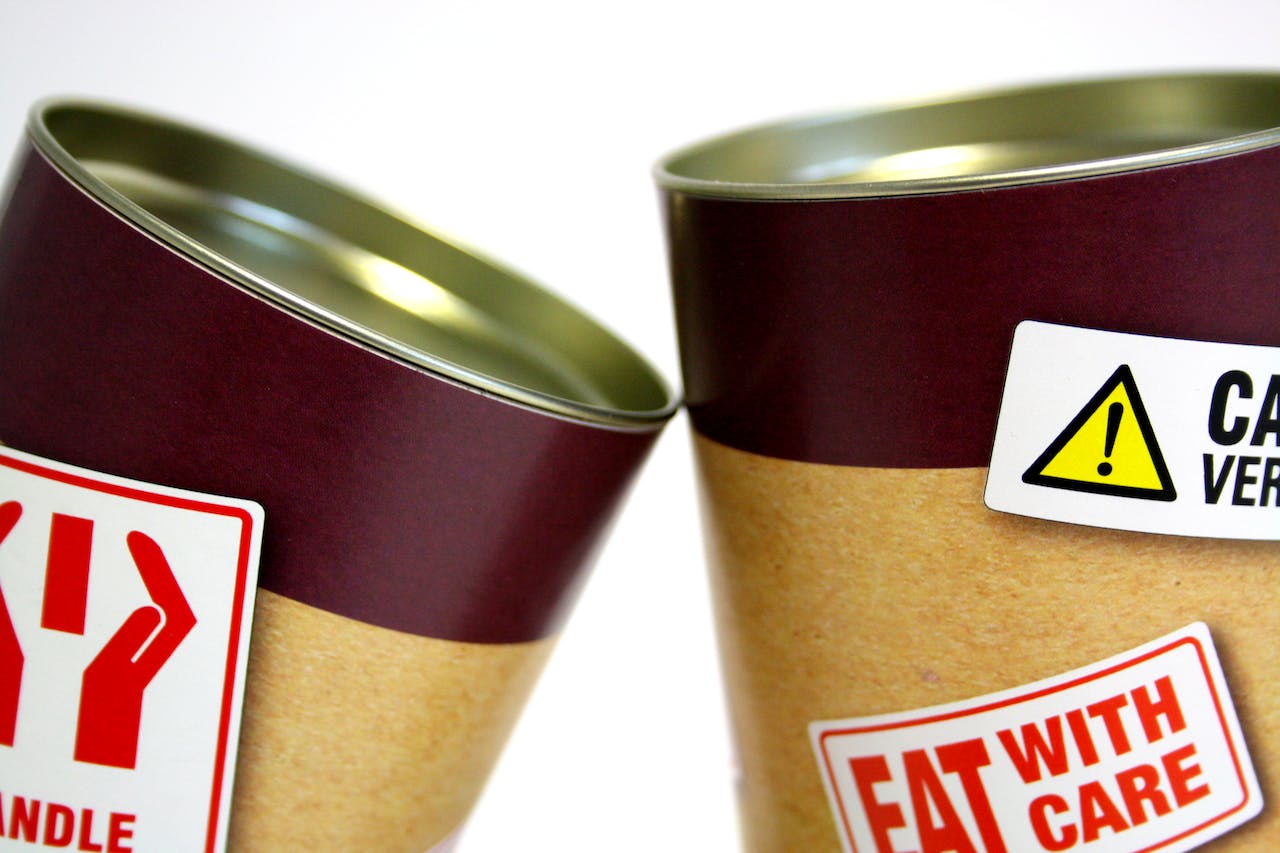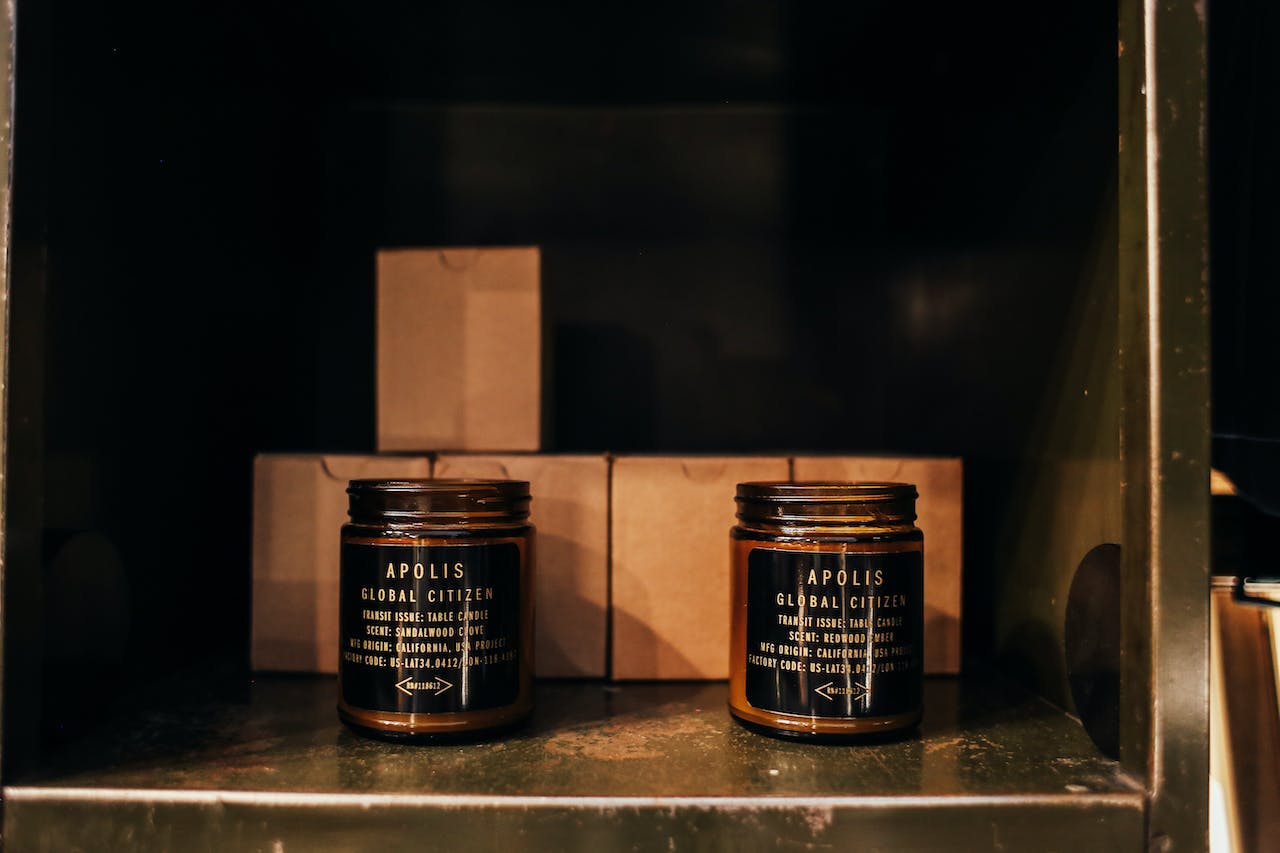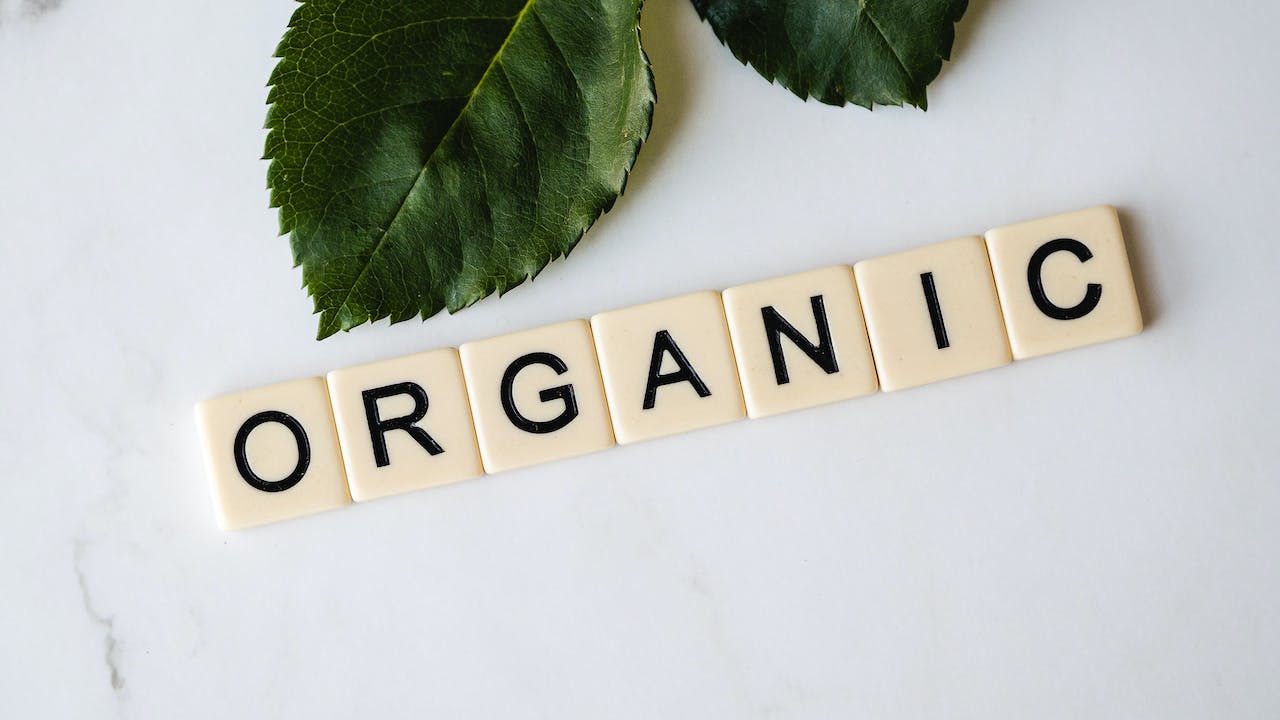
You can make better choices by being aware of what is in the foods and drinks you may eat and drink. Nutrition and ingredient information is listed on the labels of packaged foods and beverages, the kind that come in cans, boxes, bottles, jars, and bags in many nations, including the US. But occasionally, these food labels can be confusing and complicated to understand.
You need to know how to read food labels to understand what’s in your food. Because consumers are more aware of their health than ever before, some food producers deceive consumers into purchasing highly processed and harmful goods. The complicated nature of food labeling laws makes it more difficult for consumers to comprehend them.
Whether you're concerned about dietary restrictions or simply want to make healthier choices, mastering the art of deciphering food labels is paramount. By learning how to read food labels to truly understand what's in your food, you can take control of your nutritional intake and make choices that align with your health goals.
So, let's dive into the world of food labels, where understanding how to read food labels to truly understand what's in your food can make all the difference.
What Is A Food Label?
If you want to know what’s inside your food, then you must know how to read the food labels. Every single food item sold anywhere in the world has a food label affixed to its packaging. The back of the package contains essential information about the product, such as the number of calories per serving, the percentage of fat, and any other relevant nutritional data.
The ingredients of the product, including any potential allergies, are also listed on the label. The Food and Drug Administration (FDA) is in charge of regulating food labels, and businesses that are found to violate the FDA's labeling standards may be liable to financial penalties.
Food labels enable people to make more educated decisions about the meals they consume. If you are attempting to lose weight, for instance, you may search for meals that have low-calorie counts. On the other hand, if you have diabetes, you might concentrate on foods that have a low amount of sugar in them. By carefully reading food labels, you may select items that meet your requirements and preferences.
Why Are Food Labels Important?
Food labels are there to protect the public's health by providing crucial information about the foods you are about to consume. Food labels include information on ingredients and their relative quantities, as well as a food's nutritional makeup. When applicable, they could also provide crucial information on the food's quality, provenance, preparation, and preservation technique.
You may use this knowledge to choose what to buy deliberately. And ideally, apply that knowledge to choose safe and healthful options. Knowledge about nutrition should ideally lead to a decrease in obesity and the burden of chronic lifestyle illnesses associated with eating, including health care expenses, which are disproportionately borne by historically marginalized populations.
You may also steer clear of common allergies and outdated food by reading food labels. The issue is that the information on a food label is only as helpful as the reader's comprehension of it. When buying packaged goods, it's critical to carefully examine the various components of the labels so you know what to look for and what to avoid.
What Is The Health Star Rating (HSR) System In Food Labeling?
The Health Star Rating (HSR) system is a front-of-pack labeling scheme that was developed for use in Australia and New Zealand. Its purpose is to provide convenient, relevant, and readily understood nutrition information and guidance on food packs to assist consumers in making informed food purchases and healthier eating choices.
Consumers will have a much simpler time making educated decisions regarding healthier food selections because of the availability of health star ratings. The Health Star evaluation (HSR) that is shown on the front of food containers not only gives particular nutritional and energy information but also provides a quick-glance overall evaluation of how healthy the food product is represented as a star rating.
The more stars a food item has, the better for your health it is. In most cases, the HSR will be the most helpful source for comparisons of comparable food products (such as comparing different brands of packed morning cereals, for instance).
Wherever the nutritional symbols are also presented, they will give information about the energy content of a product in addition to the amounts of saturated fat, sodium (salt), and sugars, which will assist you in making the decision that is most appropriate for your individual needs and preferences.
In certain instances, a healthy nutrient emblem, such as one representing fiber, could also be shown to give you extra information that will assist you in selecting the product that is most suitable for your needs.
Various Titles For Sugar On The Food Labels
When you are trying to read the food labels, you’ll see that there are several names for sugar, most of which you are not familiar with. Food producers take advantage of this by deliberately concealing the actual quantity of sugar in their goods by adding a variety of sugars with different names.
By doing this, companies may mention sugar later on and include a healthy ingredient at the top. Therefore, sugar may only sometimes be included as one of the top three components in a product, even if it may be packed with it.
Red, Amber, And Green Color Coding On Food Labels
There are variations of front-of-package nutrition labels that make use of the colors red, amber, and green.
Nutritional information that is presented in a color-coded style can tell you at a glance whether or not the product in question is high, medium, or low in total fat, saturated fat, sugars, and salt.
- Red denotes a high-level.
- Amber denotes a middle ground.
- Green denotes a low level.
A better option for your health is any food or drink that is entirely or primarily depicted in green on the packaging. Because amber denotes a level that is neither high nor low, it is generally safe to consume goods whose labels include either only amber or predominantly amber.
However, any shade of red on the packaging indicates that the product has a significant amount of fat, saturated fat, salt, or sugars; therefore, you should restrict how much of these meals and drinks you consume. Make an effort to consume these items fewer times each week and in smaller quantities.
Dates On Food Packaging
The majority of goods seen in supermarkets have undergone processing to lengthen their shelf lives. These processes include the removal of germs and other agents that accelerate spoiling, the addition of stabilizers and preservatives, and the sealing of the food in airtight and waterproof containers.
Even while some of these products can last for decades, with time, their quality and safety may deteriorate. For this reason, shelf life is frequently included on food labels. However, package dates don't indicate food safety; instead, they have to do with quality.
These are usually decided by the food maker rather than being required by federal legislation. It's a smart business move since there's more money to be made from things that fail and need to be replaced than from saltines you can stock up on for when your kid is born and break out when they graduate from college.
Examine The Ingredients List On Food Label
Ingredients in a product are listed in order of their number, with the more prevalent ones appearing first in the list. The majority of the dish is composed of its preliminary components. Pay attention to the first three in order to evaluate the nutritional value.
If refined grains, sugary additives, or hydrogenated oils are at the top of the list, the food is probably not suitable for you. Choose products where the first three entries are predominantly composed of whole foods.
In addition, increased processing levels are typically indicated by an ingredients list that is longer than two to three lines. Choose foods that have ingredient labels that are shorter and more focused on natural foods to encourage better eating.
How To Read Food Labels To Truly Understand What's In Your Food
Reading food labels is essential for making informed choices about the food you consume. To truly understand what's in your food, follow these steps when reading food labels:
- Check the Serving Size - Start by looking at the serving size listed on the label. This is crucial because all the information on the label, such as calories and nutrients, is based on this serving size. Make sure you understand how the serving size relates to the amount you typically consume.
- Examine the Ingredients List - The ingredients list is where you'll find a breakdown of all the components in the product, listed in descending order by weight.
- Check for Allergens- If you have allergies or sensitivities, be sure to scan the ingredients list for potential allergens like peanuts, tree nuts, wheat, soy, dairy, or other ingredients you need to avoid.
- Understand Nutrient Content- Pay attention to the following nutrients on the label:
- Calories - Check the number of calories per serving and consider whether it fits into your daily calorie intake.
- Total Fat - Note the total fat content and be aware of the type of fats, such as saturated and trans fats. Limit saturated and trans fats while favoring healthy fats like monounsaturated and polyunsaturated fats.
- Sodium - Be mindful of the sodium content, as excessive sodium intake can lead to health issues like high blood pressure.
- Carbohydrates - Look at the total carbohydrates, including dietary fiber and sugars. Choose products with higher fiber and lower added sugars.
- Protein - Assess the protein content, which is essential for various bodily functions.
- Check for % Daily Value (%DV) - The %DV on the label tells you how much a nutrient in a serving of food contributes to a daily diet. It is based on a daily intake of 2,000 calories, which may not be suitable for everyone. Use the %DV as a general guide to determine if a product is high or low in a particular nutrient. A %DV of 5% or less is considered low, while 20% or more is high.
- Be Cautious of Health Claims- Be skeptical of claims like "low-fat," "natural," or "organic." These terms can be misleading, and it's essential to examine the ingredients and nutrient content for the full picture.
- Consider the Overall Diet - While reading individual food labels is important, remember that a healthy diet is about the overall balance of nutrients and the variety of foods you consume. Try to choose whole, unprocessed foods as the foundation of your diet.
By following these guidelines and becoming familiar with food labels, you can make more informed choices about the food you eat, promoting better health and nutrition.
Ingredients To Avoid
A healthy diet should steer clear of foods that include artificial or natural colors and flavors, added nitrates and nitrites, monosodium glutamate (MSG), artificial sweeteners including saccharin, acesulfame, aspartame, neotame, and sucralose, and preservatives such sodium benzoate.
Be wary of food products that include hard fats such as shortening, lard, hydrogenated or partially hydrogenated vegetable oil, or other similar ingredients. Additionally, keep an eye out for additional sugars, which are sometimes marketed under deceptive names such as glucose, corn syrup, or high-fructose corn syrup.
In order to avoid listing sugar as one of the first two or three ingredients in a product, manufacturers frequently separate it into a number of distinct types of sugar in order to move their appearance farther down the list. It is done because they want to avoid including sugar as one of the top two or three components.
If someone in your household has a food allergy, it is vital to check the ingredients list before purchasing any item. As we have seen, food labels are required to list the components of the product that are being consumed.
It is now required by new regulations that food manufacturers explicitly declare on food labels whether the product includes or is prepared in a facility that also handles any of the following common food allergens: peanuts, tree nuts, milk, eggs, fish, shellfish, soy, and wheat.
Nutrition Facts Panel On The Food Label
Each food product's nutritional information is listed on its label. A nutrition label is a requirement of the US Food and Drug Administration (FDA) for all packaged goods. The following details should always be on labels, which should be simple to read and include portion size, calories per serving, fat, cholesterol, salt, carbs, dietary fiber, sugars, protein, vitamins, and minerals.
The daily value % for every nutrient must be listed on food labels, according to FDA regulations. It is based on a daily value of 2,000 calories.
It is crucial to remember that the portion size shown on the label may sometimes match the serving size that is advised for a particular item. For instance, a soda can have one serving size.
However, significantly smaller serving sizes are advised for sodas. Therefore, while reading nutrition labels, it's crucial to pay attention to the serving size and the number of servings per container.
Serving Information
The serving size, which is presented in both metric and conventional units, denotes the amount of food in a single serving. It also includes the number of servings per container. The first three items on the nutrition facts label affect the significant percentage of your intake and may be distinguished from portion size, which indicates the amount ingested.
Notably, this label, which includes information on serving size, servings per container, calories, and nutrients, is required by the FDA for all packaged goods. Vitamin and mineral Reference Daily Intakes (RDIs) are designed to cover the requirements of 97-98% of the population.
Total Calories
Total calories, an essential component of food labels, provide information on the amount of nutrients in each serving. This numerical representation makes it easier to compare products and make well-informed decisions by assisting in determining if a product is appropriate for a healthy diet.
Foods with high-calorie counts are often higher in fat and sugar content than those with low-calorie counts. A sound decision-making process when assessing items requires taking into account the more considerable nutritional facts.
Total Fat
Saturated, unsaturated, and trans fats are all included in "total fat." It is essential to understand the various consequences that these lipids have. Animal products include saturated fats, which are solid at room temperature.
Plant-based oils are mainly composed of unsaturated fats, which are liquid at room temperature. Hydrogenation produces trans fats, which are frequently found in processed foods.
Trans fats are hazardous because they increase bad cholesterol (LDL) and lower good cholesterol (HDL), which can lead to heart disease. Therefore, understanding the various effects of different fats is essential when evaluating total fat.
Cholesterol
The kind of fat included in animal-based meals is indicated by the cholesterol value, expressed in milligrams per serving. Although cholesterol is necessary for hormone synthesis and cell function, too much of it can cause arterial accumulation and increase the risk of heart disease.
The American Heart Association suggests a 300 mg daily maximum. It is important to read food labels, particularly for high-cholesterol items like eggs and fatty meats, even when lower-cholesterol options are available in fish and tofu. Making wise decisions helps control cholesterol and reduce the risk of heart disease.
Protein
Proteins are necessary for a number of body processes, including the synthesis of enzymes, the maintenance of the immune system, and the construction of tissue. Protein content per
serving and its percentage of the daily value (DV) are shown on the nutrition label. Based on a diet of 2,000 calories, the DV for individuals varies from 10 to 35 percent of daily caloric intake. Planning a balanced diet requires taking the nutritional value of protein into account.
Minerals, Vitamins, And Other Nutrients
The nutrition label contains information on a variety of nutrients, such as vitamins and minerals. Minerals for healthy bones and vitamins for metabolism are only two examples of the specific roles that each plays in our everyday lives.
The values given must be adjusted for each person's unique calorie requirements as they are based on a 2,000-calorie diet. Maintaining a balanced food intake and achieving optimal health is made possible by understanding nutrition labels.
How To Read Food Labels To Truly Understand What's In Your Food - FAQs
How Can You Use Food Labels To Understand The Foods You Eat?
The number of calories (in kJ and kcal) in a serving or portion of the food or drink, as well as the grams of fat, saturated fat, sugars, and salt, are listed on these labels.
When Reading Food Labels, What Should You Avoid?
Partially Hydrogenated Oils are an ingredient to avoid on nutrition labels. Sodium and potassium benzoate, as well as artificial sweeteners like aspartame, sucrose, and saccharin, are examples of high fructose corn syrup (HFCS).
Are The Food Labels Correct?
Food goods might include up to 20% more calories than what is listed on the label, according to the FDA.
Conclusion
Food labels include a lot of information, and it may occasionally take work for consumers to understand what they represent. Due to the upregulation of many commonly used phrases, food packaging can potentially be deceptive.
Large food corporations and marketing departments sometimes overstate the benefits of a product by using nice-sounding language. They frequently concentrate on the food's ingredients, such as that it is low-fat or sugar-free, but the food's actual content is what really counts.
It is very crucial to know about how to read food labels to truly understand what's in your food. It will also help you to identify which ones are just marketing gimmicks and which are true. You should be able to make the healthiest decisions possible for your family, your friends, and the entire globe.




